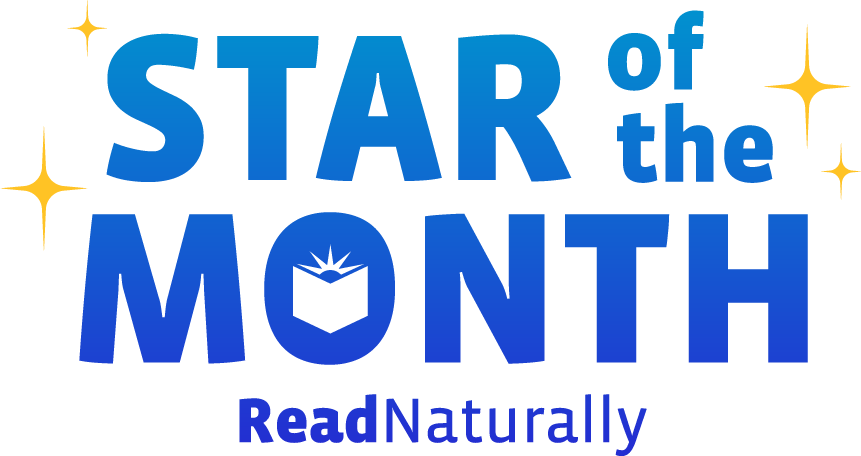When it comes to teaching children to read, the importance of a quality phonics program cannot be overstated. With so many options available, it can be challenging to determine which program will best suit the needs of your students.
Read more Many students need extra phonics support to build a solid foundation for reading success. Developing solid phonics skills can be a long journey, with students in the same groups or classes each requiring focus on different elements and needing varying levels of support. Teachers face the challenge of addressing each student’s unique needs within the same classroom, often with limited time built into their schedule to do so.
Read more Most parents of toddlers don’t understand how their children learn to read; when I sat and read to my children, I took for granted that they would someday magically be able to read on their own. It wasn’t until I began teaching struggling readers that I appreciated how complex and challenging learning to read is for many students. Many of my students got stuck reading individual words, and they became frustrated with reading. These students—and many students in our schools today—benefit from direct, explicit instruction in pairing letters and letter combinations with sounds, also known as phonics. Becoming automatic in reading individual words frees up the mental energy necessary for readers to make sense of texts. And, since 87% of English words are either completely decodable or have just one exception, teaching beginning readers to decode automatically gives them a large bank of known words.
Read more If you’ve ever had questions about how certain phonics sounds should be pronounced, our Audio Examples of Phonics Sounds page is your new best friend. This page includes an audio demo of the phonics sounds and patterns you and your students will come across in phonics instruction and assessment. It’s also a handy guide to interpreting those breves (˘), and macrons (−).
Read more Late last year, a teacher in need of a high-quality phonics program started using GATE+ with her students. She was so impressed with the quality and ease-of-use that she showed the program to her colleagues. They quickly realized they wanted GATE+ for their classrooms too. The teacher picked up the phone and ordered four more sets of GATE+! This is the kind of feedback we've been getting in the months since GATE+ started shipping. As soon as teachers realize how well this program works, they can't wait to spread the word.
Read more Have you ever heard comments like this? They’ve been popping up lately in online discussion forums, and surprisingly, they’re not sparking much debate. Is reading fluency just a natural byproduct of decoding development? If only it were that simple! Fluency is one of the five...
Read more Do you love Read Naturally programs? Leave a review on our website, and we’ll enter you to win a free set of our new GATE+ phonics program!
Read more Phonics skills are foundational to reading and spelling and necessary for fluency and comprehension. All students benefit from developing these skills. However, they need a program that can be tailored to meet their individual needs. Word Warm-ups Live is the perfect solution.
Read more Literacy researcher Dr. Jan Hasbrouck developed Quick Phonics Screener (QPS) because she needed a systematic and efficient way diagnose students’ strengths and instructional needs in phonics. QPS measures a student’s ability to recognize, decode, and pronounce all phonics elements from letter names through four-syllable words.
Read more To decide Read Live program(s) to assign, you need to determine the student's instructional needs via placement and assessment.
Read more  Share your student’s success story—nominate him or her for our Star of the Month award. Win a Barnes & Noble gift card for the student and a Read Naturally gift certificate for your class!
Share your student’s success story—nominate him or her for our Star of the Month award. Win a Barnes & Noble gift card for the student and a Read Naturally gift certificate for your class!